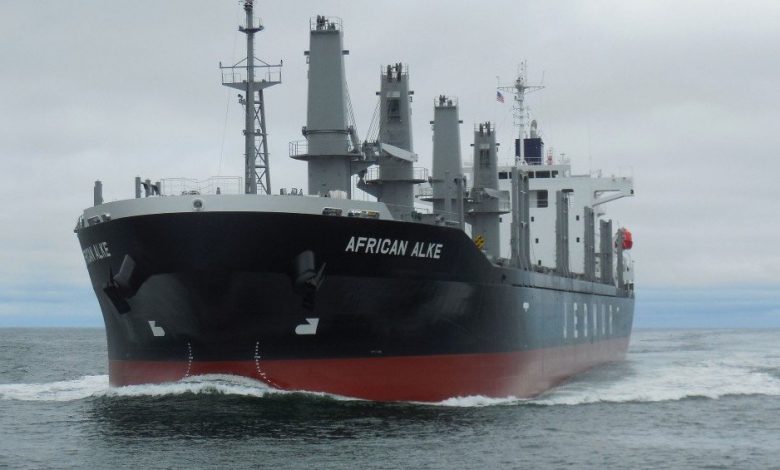The certain uncertainty

Denis Petropoulos, president of Braemar Group Asia, ponders what freight rates mean for the next year.
If there is ever one thing that is certain in shipping, it is the continued uncertainty about when the freight rates are likely to rebound to manageable levels and ship values improve.
Various economic predictions of a recovery in the next few years fall on stony ground when the reality of the situation shipping finds itself in, finally hits home. Indeed, with so many factors playing a part in shipping’s future such as tonnage supply and demand as well as cargo availability and commodity cost, there is no wonder that some crystal balls are misting up a little.
Yes, we have started to see increasing price of commodities which mean there is certainly a demand, but in short, massive over-tonnaging across many vessel sectors is continuing to take its toll with owners struggling to achieve the freight levels they really need to make a decent profit. Indeed, increasing vessel lay-up numbers are hitting the headlines and are already starting to put strain on the available anchorage areas.
But when it comes to the troubled dry bulk trades, while we may not be seeing a light at the end of the freight recovery tunnel just yet, visible rays of stability are starting to be seen. Dry ships are starting to trundle along now at rates that are matching OpEx whereas they were most definitely sub-OpEx for the past six months or so.
But let’s not get too excited; the sector is still very heavily oversupplied and the worrying factor is that when you hit a small movement in the market, whether it is a blip in demand for iron ore or coal, and six ships are needed, suddenly 10 turn up. There will always be upward blips in a low market but when they happen, there is a tendency for ship owners to start stiffening up in the hope that rates will jump quickly. While rates might go from $5,000 to $8,000 in a day, there is a chance they will go back down again within a week
But what is happening now is that owners’ are becoming resilience and unwilling to operate their ships below OpEx. Before we had the situation where operators were in the market and index linked contracts were being fixed in line with the Baltic Index. In the strictest terms those contracts ships had no choice but to perform at that price, but owners can’t operate at those levels anymore. It’s as simple as that.
Let us not forget that the banks have a say in all of this as well, because if the owner isn’t repaying his loan and the market jumps from $5,000 a day to $8,000 a day, then the bank will want its money, or at least some of it. So it is a difficult time at the moment for owners of dry bulk tonnage.
On the tanker side, every day there are more ships coming into the market but the owners have got a little bit more control especially as there has been very little ordering. There is a large demand for crude oil while it is still cheap, even at today’s levels and refineries are making good margins. Refined product is still being widely distributed but there is only so much that can be consumed and with many new buildings delivering this year there is a risk that those markets may well soften.
